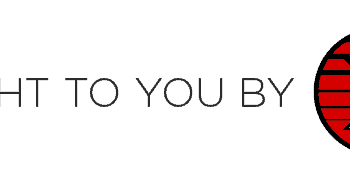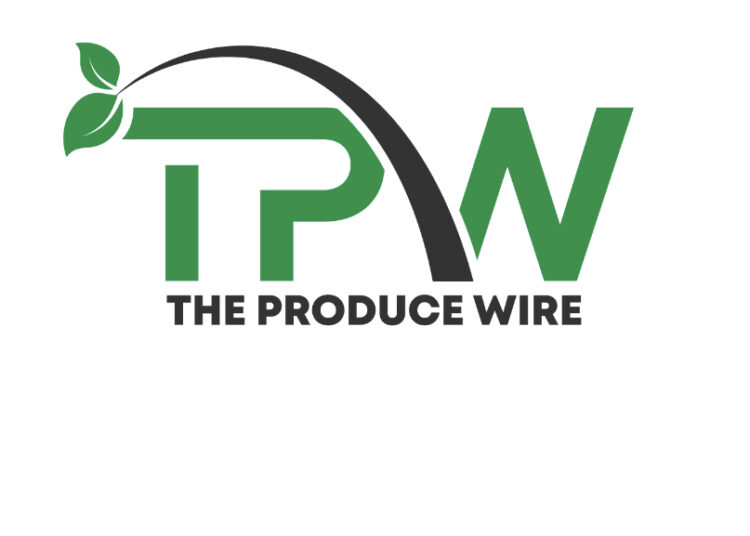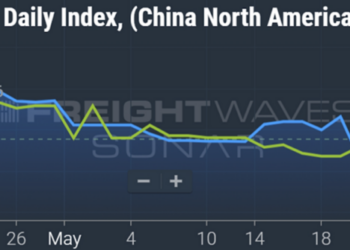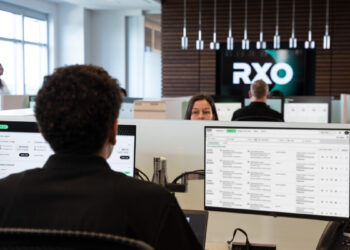The U.S. and Canadian governments plan to work together to reduce the railway sector’s greenhouse gas emissions via a task force that will explore accelerating the use of zero-emissions locomotive technologies, leaders from both countries announced at the COP28 United Nations climate change conference in Dubai.
The Rail Decarbonization Task Force will have three goals, according to a Wednesday joint statement from U.S. Energy Secretary Jennifer M. Granholm, U.S. Transportation Secretary Pete Buttigieg and Canadian Minister of Transport Pablo Rodriguez:
Establish a joint research agenda looking at integrating technologies such as battery-electric locomotives and hydrogen-powered locomotives.
Determine strategies to accelerate the use of zero-emission technologies so that the rail sector can achieve net-zero carbon emissions by 2050.
Collaborate on developing a U.S.-Canada rail sector net-zero climate model by 2025.
“The United States and Canada recognize we need to work together to fight climate change and decarbonize our integrated rail networks. This joint announcement demonstrates our shared dedication to working together to build a more sustainable and equitable future for all,” the statement said. “We intend to engage national partners, international organizations and other countries to promote safe and sustainable rail transportation. The decarbonization of the rail sector is a crucial component of our global efforts to reduce emissions and meet the goals of the Paris Agreement.”
This task force will build on previous joint efforts by the two governments to address climate change in the transportation sector, according to the release. Those include 2021’s joint statement by the U.S. Department of Transportation and Transport Canada on transportation and climate change, and the countries’ Roadmap for a Renewed Canada-U.S. Partnership, which describes a future of zero-emission vehicles. The Federal Railroad Administration also hosted a conference in May on reducing emissions from the rail sector.
The California Air Resources Board approved in April a regulation that calls for locomotives operating in California to have zero-emissions configurations. By 2030, locomotives operating in the state must be 23 years old or younger, according to a CARB fact sheet. Switch, industrial and passenger locomotives built in 2030 or after will need to operate in zero-emissions configurations, while locomotives built in 2035 for freight linehaul operations will need to comply with the zero-emissions configurations.
That regulation faces a lawsuit from the Association of American Railroads and the American Short Line and Regional Railroad Association. Both groups say the timeline for deployment of zero-emissions locomotives is too ambitious because of its costs for short lines and because the technology might not be ready for widespread deployment by the regulation’s deadline.
Subscribe to FreightWaves’ e-newsletters and get the latest insights on freight right in your inbox.
Click here for more FreightWaves articles by Joanna Marsh.
Related links:
Sierra Club still sees rail as ‘a climate solution’
CPKC, CSX form joint venture for hydrogen locomotives
Freight rail trade group urges federal collaboration to reduce GHGs
Wabtec VP: US needs to invest in hydrogen rail technologies
Union Pacific spending over $100M on 20 battery-electric locomotives
BNSF, Progress Rail, Chevron to demonstrate hydrogen-powered locomotive
CN expands foray into sustainability through electric locomotives, renewable diesel
The post US, Canada to form task force to get locomotive emissions to net zero appeared first on FreightWaves.














